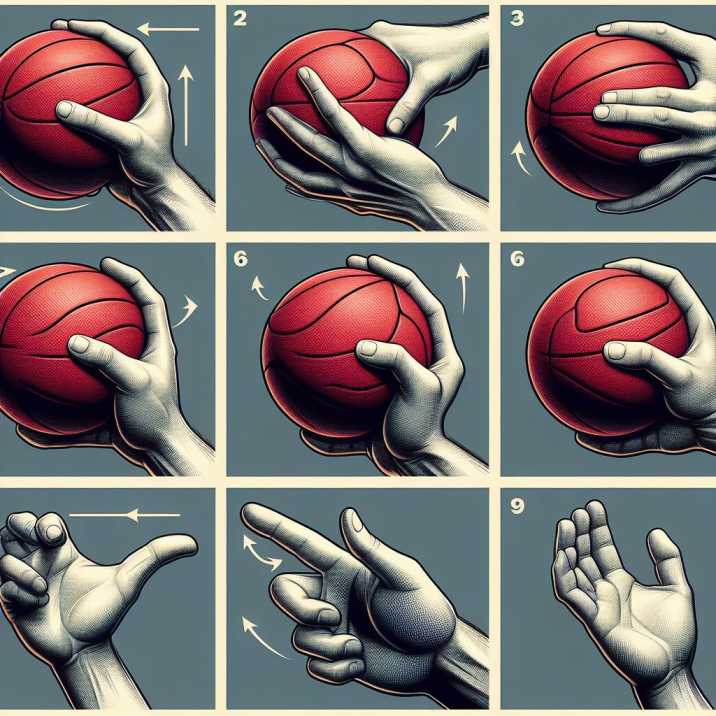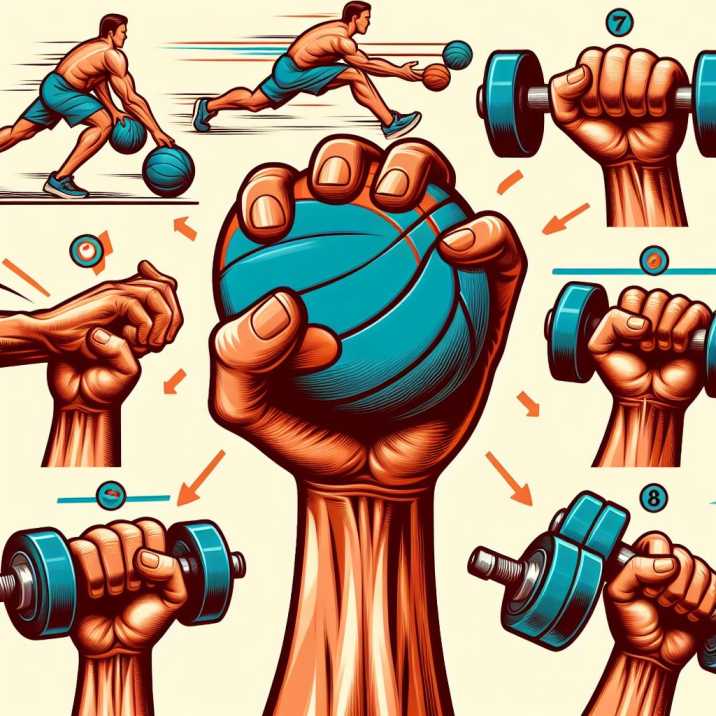Introduction:
Table of Contents
Dodgeball is an exciting and dynamic sport enjoyed by people of all ages across the United States. Whether you’re playing in a school gym class, a recreational league, or a competitive tournament, mastering the art of gripping the dodgeball is crucial for success on the court. In this comprehensive guide, we’ll explore the fundamentals of gripping a dodgeball properly, providing you with the knowledge and techniques needed to enhance your gameplay and outmaneuver your opponents.

Understanding the Importance of Proper Grip
What is a Dodgeball Grip?
The dodgeball grip refers to the way a player holds the ball in their hand before throwing it. A proper grip allows for maximum control, accuracy, and power when releasing the ball.
Why is Proper Grip Important?
A proper grip is essential for several reasons:
- Accuracy: A secure grip enables players to aim with precision, increasing the likelihood of hitting their target.
- Control: With a firm grip, players can maintain control over the ball’s trajectory and spin, making it easier to throw with consistency.
- Power: A solid grip generates more force behind the throw, increasing the speed and intensity of the ball.
- Injury Prevention: Gripping the ball correctly reduces the risk of strain or injury to the hand and wrist during gameplay.
Techniques for Properly Gripping a Dodgeball
1. Hand Placement
When gripping a dodgeball, place your dominant hand on top of the ball with your fingers spread wide. Your non-dominant hand should support the bottom of the ball for stability.
2. Finger Positioning
Position your fingers in a comfortable but firm grip around the circumference of the ball. Ensure that your fingertips are in contact with the surface, providing optimal control and spin.
3. Thumb Placement
Place your thumb against the side of the ball, opposite your dominant hand’s fingers. The thumb acts as a stabilizer, helping to maintain control and prevent the ball from slipping during the throw.
4. Grip Pressure
Apply moderate pressure to the ball to maintain a secure grip without squeezing too tightly. Avoid gripping the ball too loosely, as this can result in loss of control and accuracy.
5. Wrist Alignment
Keep your wrist in a neutral position, neither flexed nor extended, to optimize power and accuracy in your throw. Align your wrist with your forearm for maximum stability and control.
6. Practice Drills
Engage in regular practice drills to refine your gripping technique and develop muscle memory. Experiment with different grip variations to find what works best for you.
Common Mistakes to Avoid
1. Gripping Too Tightly
Avoid gripping the ball too tightly, as this can restrict movement and decrease accuracy. Maintain a relaxed but firm grip for optimal control.
2. Incorrect Finger Placement
Ensure that your fingers are spread evenly around the ball’s circumference, providing balanced control and spin. Avoid placing too much pressure on one area, as this can result in uneven throws.
3. Neglecting Thumb Positioning
Pay attention to the placement of your thumb, as it plays a crucial role in stabilizing the ball during the throw. Keep your thumb against the side of the ball to prevent slippage.
4. Overextending the Wrist
Avoid overextending your wrist during the throw, as this can lead to strain or injury. Keep your wrist in a neutral position to maximize power and accuracy.
5. Lack of Practice
Regular practice is essential for mastering the art of gripping a dodgeball. Dedicate time to honing your skills and experimenting with different techniques to improve your gameplay.

Table of Information
| Technique | Description |
|---|---|
| Hand Placement | Position dominant hand on top of the ball, supported by non-dominant hand underneath. |
| Finger Positioning | Spread fingers evenly around the circumference of the ball for balanced control and spin. |
| Thumb Placement | Place thumb against the side of the ball opposite dominant hand’s fingers for stabilization. |
| Grip Pressure | Apply moderate pressure to maintain a secure grip without restricting movement. |
| Wrist Alignment | Keep wrist in a neutral position aligned with forearm for stability and control. |
Conclusion
Mastering the art of gripping a dodgeball is essential for success on the court. By understanding the fundamentals of proper grip technique and avoiding common mistakes, you can enhance your accuracy, control, and power in gameplay. Remember to practice regularly and experiment with different grip variations to find what works best for you. With dedication and perseverance, you’ll be well on your way to becoming a dodgeball champion!
Frequently Asked Questions (FAQs)
Q1: What is the best grip for throwing a dodgeball?
A1: The best grip for throwing a dodgeball involves placing your dominant hand on top of the ball with fingers spread wide, supported by your non-dominant hand underneath for stability.
Q2: How tightly should I grip the dodgeball?
A2: Grip the dodgeball firmly but avoid squeezing too tightly, as this can restrict movement and decrease accuracy. Maintain a relaxed yet secure grip for optimal control.
Q3: Can I use different grip techniques for specific throwing styles?
A3: Yes, experimenting with different grip variations can enhance your throwing technique for various situations. Practice different grips to find what works best for your playing style.
Q4: How can I improve my grip strength for dodgeball?
A4: Engage in hand strengthening exercises such as grip squeezes, wrist curls, and finger extensions to improve grip strength and endurance over time.
Q5: Is proper grip technique important for beginners?
A5: Yes, proper grip technique is essential for beginners to develop foundational skills and prevent injury. Focus on mastering the fundamentals before advancing to more advanced techniques.


